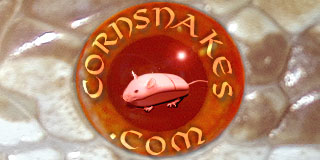airenlow
hope is not a strategy
I am taking a GIS (geographic information systems) class as part of the wildlife management emphasis on my Biology degree. It's a computer program that allows you to make maps based on sets of data (http://en.wikipedia.org/wiki/Geographic_information_system). I'm having a hard time coming up with an idea for my final project. I would like to do something about corns, but I can't think of a decent question that has to be answered.
One example project was studying the Ohio terrain to determine how hard it would be to reintroduce mountain lions to the area. Another was tracking polar bear movement in areas effected by global warming.
I don't actually have to collect the data myself. I have to find existing data and convert it into a form that the GIS program will recognize, then map out the data and present the final project to the class. So, if you have any ideas that include quantitative and spatial data, I would love to hear them. Jeff, if you can think of a cool rattler idea, I would consider that too. Thanks for your help!
One example project was studying the Ohio terrain to determine how hard it would be to reintroduce mountain lions to the area. Another was tracking polar bear movement in areas effected by global warming.
I don't actually have to collect the data myself. I have to find existing data and convert it into a form that the GIS program will recognize, then map out the data and present the final project to the class. So, if you have any ideas that include quantitative and spatial data, I would love to hear them. Jeff, if you can think of a cool rattler idea, I would consider that too. Thanks for your help!
